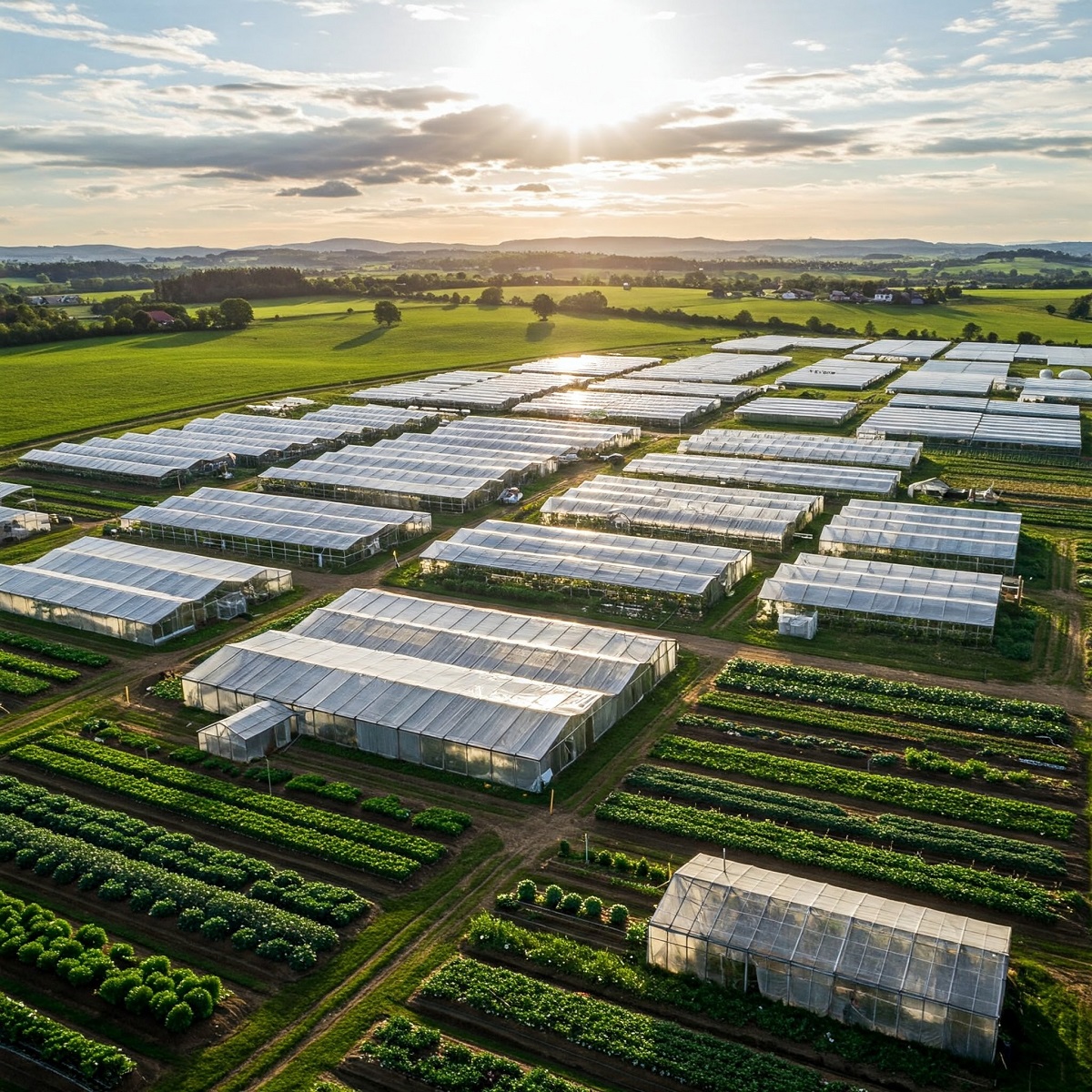Canada, a vast and resource-rich nation, faces a unique challenge: feeding a growing population while navigating the complexities of a changing climate. With a significant portion of its landmass unsuitable for traditional agriculture due to harsh winters and limited arable land, the country must explore innovative solutions to ensure food security. One such solution lies in the potential of greenhouse agriculture.
What are Greenhouses?
Greenhouses are structures designed to create a controlled environment for plant growth, regardless of external weather conditions. They allow for precise control of temperature, humidity, light, and nutrient levels, optimizing plant growth and productivity.
Why are Greenhouses Important for Canada?
Canada’s vast and varied climate presents challenges for traditional agriculture. However, greenhouses can overcome these challenges by providing a controlled environment for plant growth, regardless of external weather conditions. This allows for year-round production of a wide range of crops, reducing reliance on imports and ensuring food security.
The Benefits of Greenhouses for Canada
- Year-round food production: Greenhouses enable the production of fresh, locally grown produce throughout the year, reducing reliance on imports and ensuring food security.
- Improved food quality: Controlled environments in greenhouses allow for optimized plant growth, resulting in higher-quality produce with enhanced flavor, nutritional value, and shelf life.
- Reduced environmental impact: Greenhouses can minimize the environmental impact of agriculture by reducing the need for pesticides and fertilizers, and by optimizing water usage through controlled irrigation systems.
- Economic benefits: Greenhouses can create jobs and stimulate economic growth in rural communities, as well as provide opportunities for small and medium-sized enterprises to enter the agricultural sector.
Investing in Non-Environmental Dependent Stage for Food Production
In addition to expanding greenhouse agriculture, Canada must also invest in technologies and practices that reduce the environmental impact of food production. This includes:
- Precision agriculture: Using technology to optimize resource use and minimize environmental impact.
- Sustainable farming practices: Promoting sustainable farming practices that protect soil health, reduce water usage, and minimize greenhouse gas emissions.
- Plant-based protein sources: Diversifying food production to include more plant-based protein sources, such as legumes and nuts.
Conclusion
Greenhouses offer a promising solution to Canada’s food security challenges by enabling year-round production of high-quality produce. By investing in greenhouse technology and sustainable farming practices, Canada can ensure a food-secure future for its citizens while protecting the environment.

